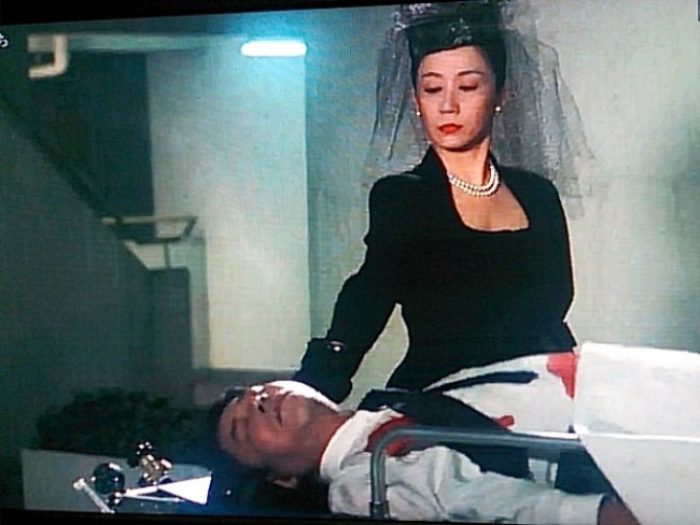Published in the Nikkei Asian Review August 1st 2014
Japanese women are in demand as never before. “Women have the greatest potential,” Prime Minister Abe told the Nikkei recently, “and allowing them to demonstrate their full abilities is the core of our growth strategy.”
He must be pleased by the recent news flow. Even Japan’s conservative financial companies are taking women executives more seriously. In the last year Nomura Securities appointed a woman as president of its trust bank unit and female directors now sit on the boards of the three Japanese megabanks. But the real action is happening not in boardrooms, but at street level where female taxi drivers, delivery truck drivers and construction workers are becoming increasingly visible.
Japan’s demographic shrinkage has made the issue politically salient, but “womenomics” is coming regardless of government policy. The advance of women into the world of work is a well-established trend across the developed world. In the UK for example, the female participation rate rose fourteen percentage points between 1971 and 2013 while the male participation rate fell by sixteen. The bull market in women and the bear market in men are two sides of the same coin.
Like globalization, to which it is closely related, the phenomenon is recent yet driven by deep-seated changes in technology and economic structure that are probably irreversible. In the long-term it may be the more significant force since it has the capability to re-order not just social and economic relations, but human nature itself in unpredictable, perhaps risky ways.
Japan has the reputation of a being a male-dominated, even sexist society, but all societies were so until very recently. The key trends in Japan are similar to what happened in other rich countries with a lag of a couple of decades, perhaps reflecting the resilience of Japanese on-shore manufacturing into the late 1990s. The gender gap in pay may appear large on a snapshot comparison, but is shrinking at roughly the same rate seen in Britain and France during the 1980s. A Japanese woman between the ages of 25 and 54 is more likely to be employed than an American woman or a Spanish man.
Industrial restructuring is rapid compared to cultural restructuring, which often requires generational change. To experienced observers, the recent misogynist heckling of a female representative in the Tokyo City Assembly was notable not for the incident itself, which was nothing new, but for the huge ruckus it caused at the national political level, resulting in an apology from Mr. Abe himself.
Platinum Kimonos and Mancessions
Amongst Mr. Abe’s third arrow reforms is a commitment to have at least one female director at each of Japan’s 3,600 listed companies by the year 2020. In all probability, this will reproduce the experience in Norway, where legal quotas for female directors led to a severe shortage of qualified candidates. The result was multiple well-remunerated positions for a handful of senior women known somewhat sarcastically as “the golden skirts.” How would it work in Japan, with a smaller group to select from? The result would probably be a tiny elite of “platinum kimonos.”

Meanwhile Japan has been enduring its first true “mancession”, meaning a recession whose impact falls overwhelmingly on the male part of the workforce. As of June 2014, the number of women in work was comfortably above the 2007 peak. Over the same period male employment declined by over one million and is showing little sign of recovery. Mancessions are likely to become the rule in Japan as employment in heavy manufacturing and other physically demanding activities declines further.
From the point of view of employers, Japanese women have the same attractions as Eastern European immigrants in today’s UK. They are well-qualified, diligent, optimistic and flexible. And as with immigrants their effect on the wage structure is deflationary.
For tens of thousands of years, from the hunter-gatherer era to twentieth century auto plants, men’s physical advantages of strength, speed and ability to withstand discomfort have given them a privileged position. In complex modern economies with their dominant service sectors and emphasis on communication, these traditional attributes are rapidly losing value. Even the male monopoly on professionsal violence is eroding – you don’t have to be a man, or at all manly, to direct a drone attack on the other side of the world with a mouse-click.
Like most clichés, the concept of the herbivorous Japanese male and carnivorous female – first raised in social commentary a few years ago – has some basis in reality. But the melding of gender roles goes far beyond male cosmetics and depilation. As society becomes more feminized, it is likely that males will increasingly follow female marriage patterns, with status and economic value becoming key criteria in partner selection. Male doctors will marry female doctors, not nurses. High-flying lawyers will marry university professors, not secretaries.
Intermarriage amongst the cognitive élite has been blamed for the increasing prevalence of autism and will likely reinforce inequality and social stratification. One British evolutionary theorist has even suggested the human race may split into two, as predicted by H.G. Wells in The Time Machine. The genetic upper class would be tall, intelligent and creative, while the underclass would consist of tubby, dim-witted goblins.
All that lies far in the future, but it won’t be long before the most pressing problem will not be integrating capable women into the workforce, but dealing with large numbers of useless, past-their-sell-by-date men.
